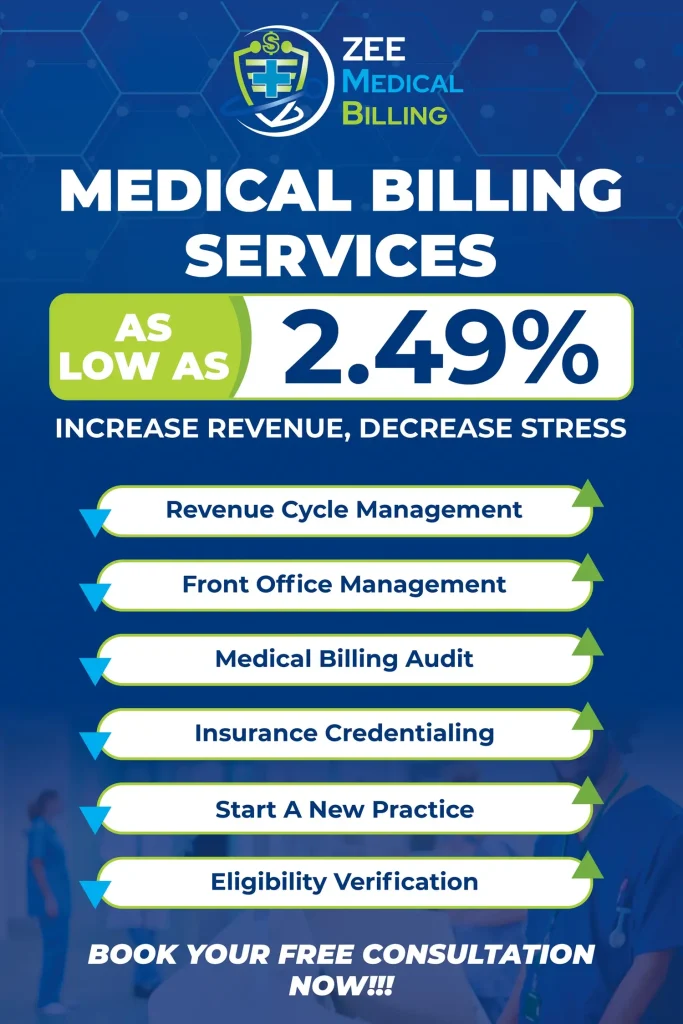Precisely determining a patient’s financial responsibility is important for both medical services suppliers and patients. It guarantees straightforwardness, decreases billing errors, and assists patients in planning for out-of-pocket expenses. Here is a complete guide on the best way to calculate financial responsibility accurately.
Understanding Patient Financial Responsibility
Patient financial responsibility refers to the part of medical costs a patient should pay after insurance coverage is applied. This can incorporate copayments, deductibles, coinsurance, and services not covered by insurance.
Read More: Top Marketing Tips to Grow Your Small Medical Practice
Steps to Calculate Patient Financial Responsibility
1. Check Insurance Coverage
Before calculating costs, healthcare providers should check the patient’s insurance coverage. This incorporates checking:
- Eligibility and active status of the insurance plan
- Deductible status
- Copayment and coinsurance sums
- Coverage limitations or prohibitions
2. Determine the Total Cost of Services
The total cost of a procedure or service is the starting stage for calculations. This can be learned from:
- The hospital charges master lists
- Doctor fee schedules
- Negotiated rates with insurers
3. Apply Insurance Adjustments
Health insurance providers frequently arrange limited rates with healthcare providers. These changes should be applied to the absolute expense to decide the permitted sum.
4. Calculate Deductibles
A deductible is the sum a patient should pay before protection begins taking care of expenses. If the deductible isn’t met, the patient is answerable for everything up to their limit.
5. Factor in Copayments and Coinsurance
- Copayments: A fixed amount a patient should pay for every visit or service.
- Coinsurance: A level of the amount the patient should pay after meeting their deductible.
6. Distinguish Non-Covered Services
A few services may not be covered by the patient’s insurance plan, making them financial responsibility. Suppliers should inform patients about these expenses ahead of time.
7. Incorporate Secondary Insurance and Assistance Programs
Patients with secondary insurance or financial assistance projects might have decreased personal expenses. Confirming secondary coverage helps determine the final persistent obligation sum.
Read More: Proven Strategies to Maximize Medicare Reimbursements
8. Give an estimate and communicate clearly.
When all calculations are finished, give a reasonable and organized estimate to the patient. Transparency in billing helps build trust and allows patients to make informed financial decisions.
Conclusion
Precisely calculating patient financial responsibility is vital for smooth healthcare transactions. By verifying insurance, understanding deductibles, copays, and coinsurance, and applying proper adjustments, healthcare providers can guarantee fair and transparent billing practices. Clear communication with patients regarding their expected costs encourages trust and assists them in preparing financially for medical expenses.









